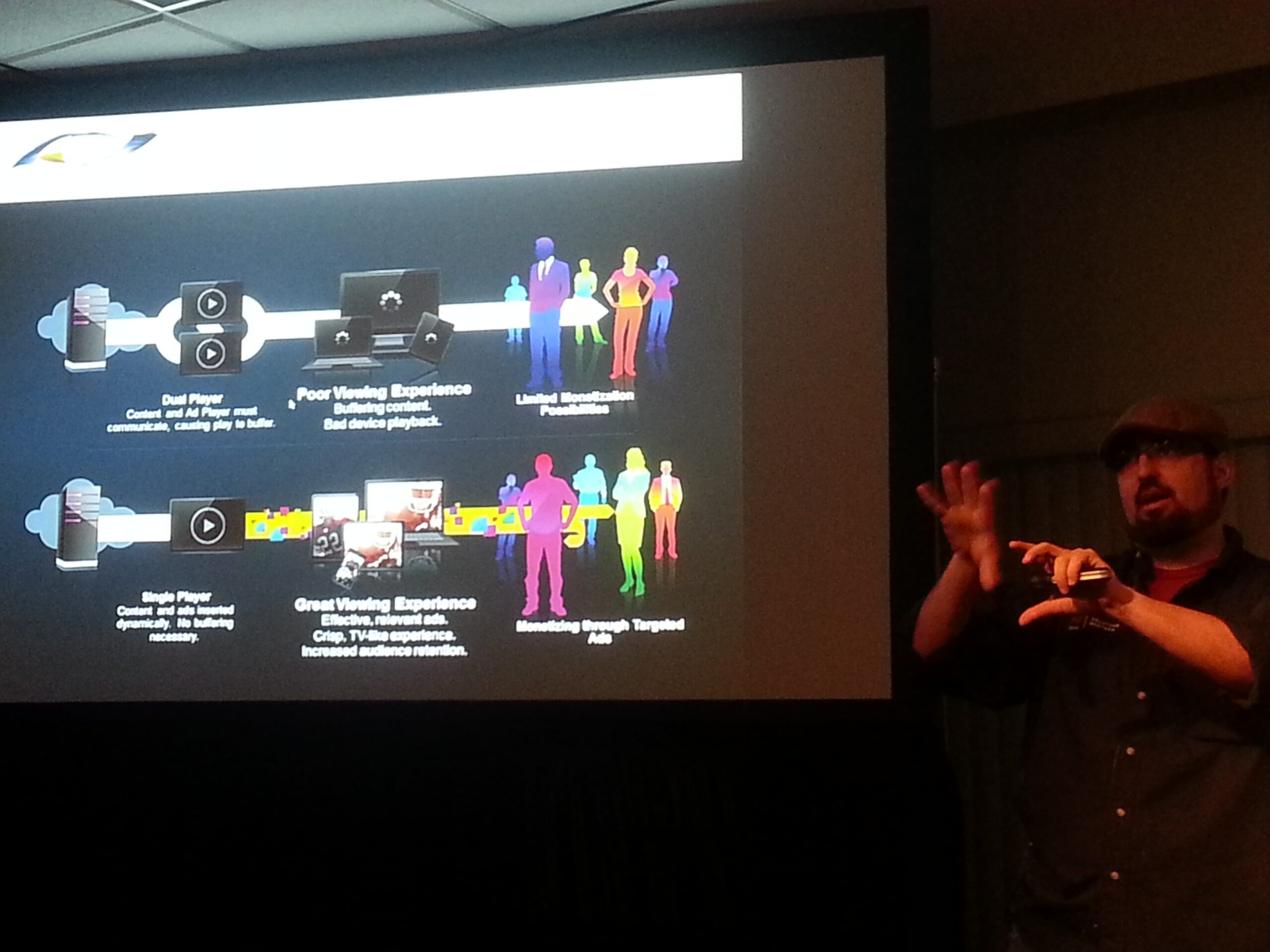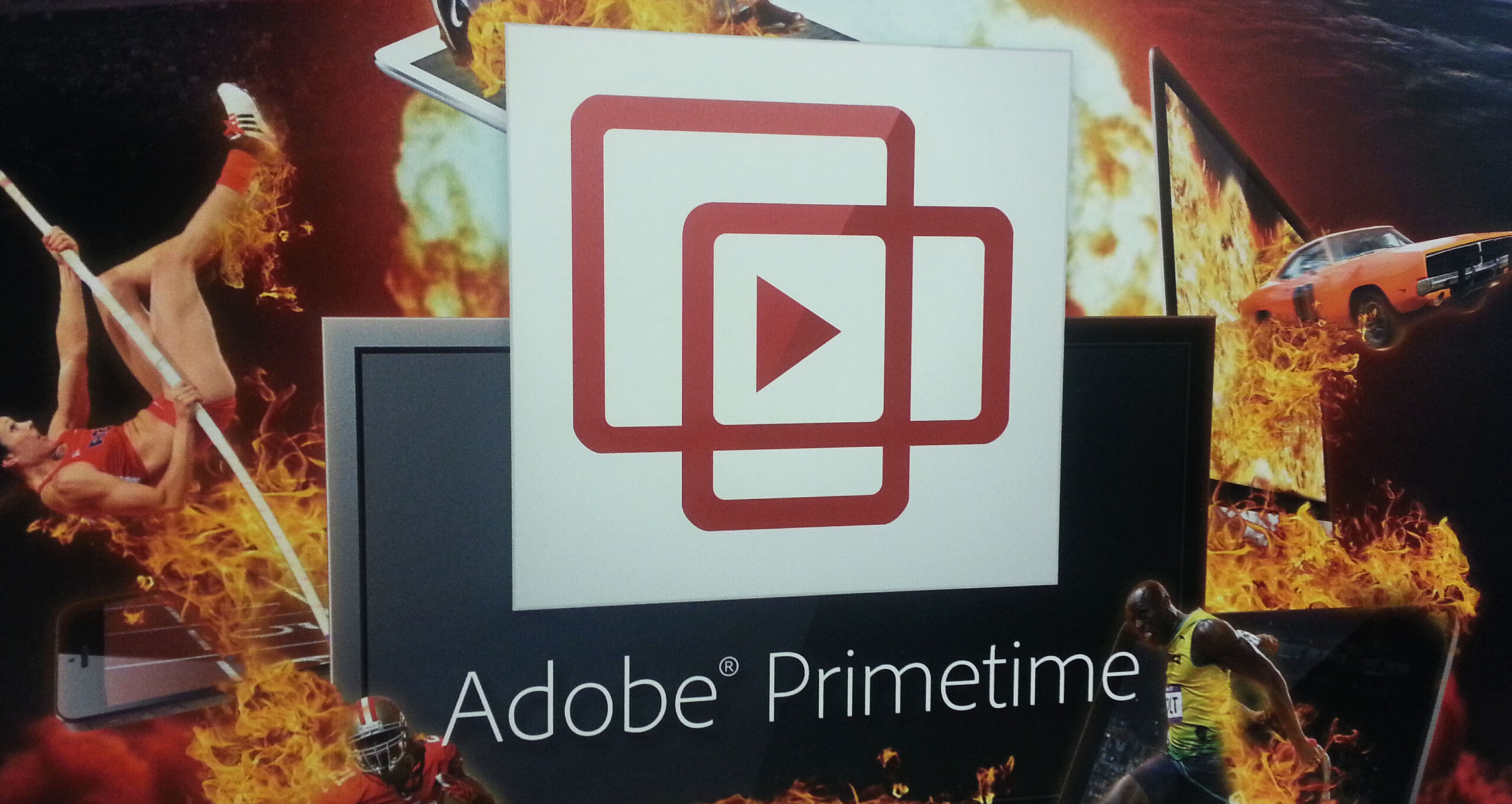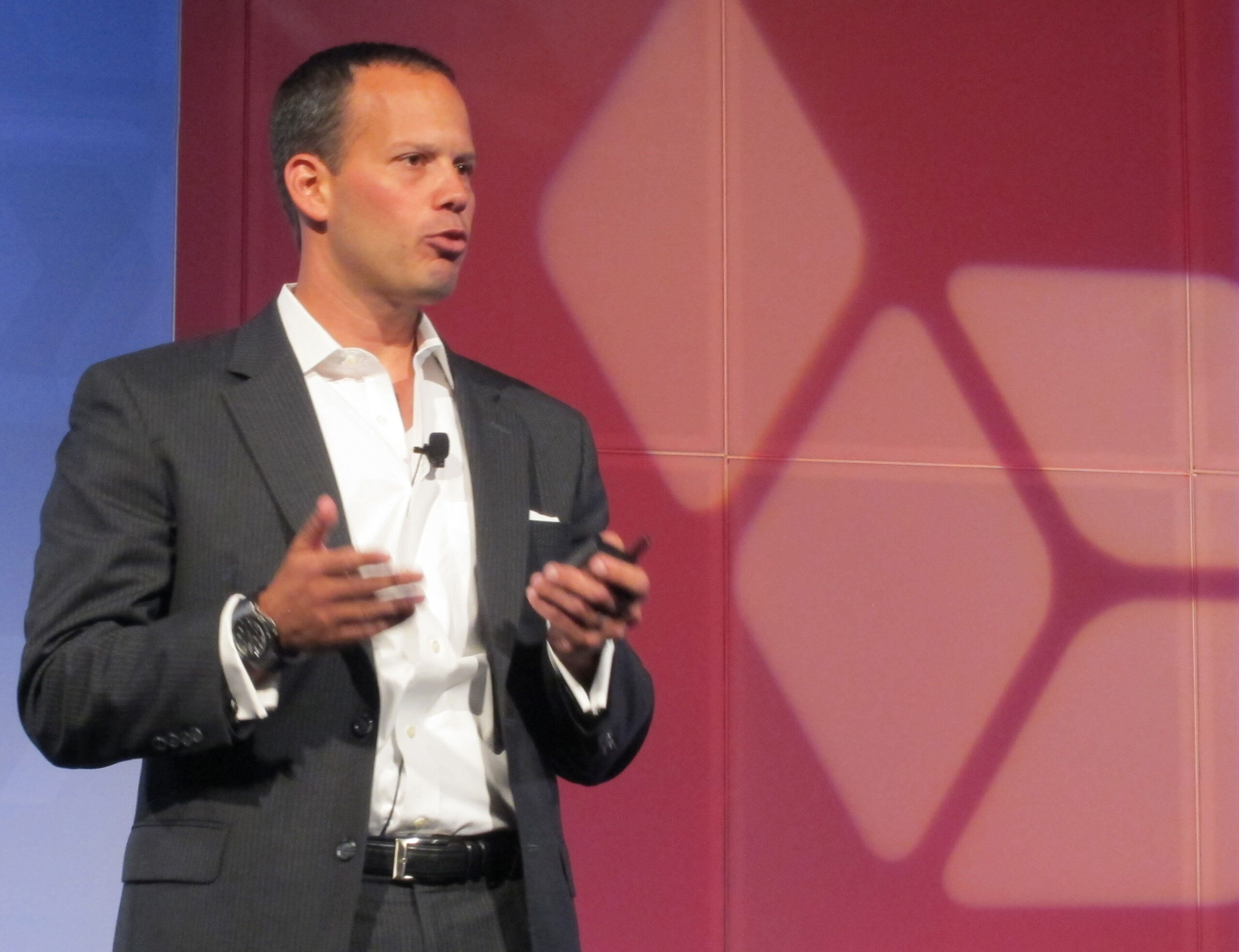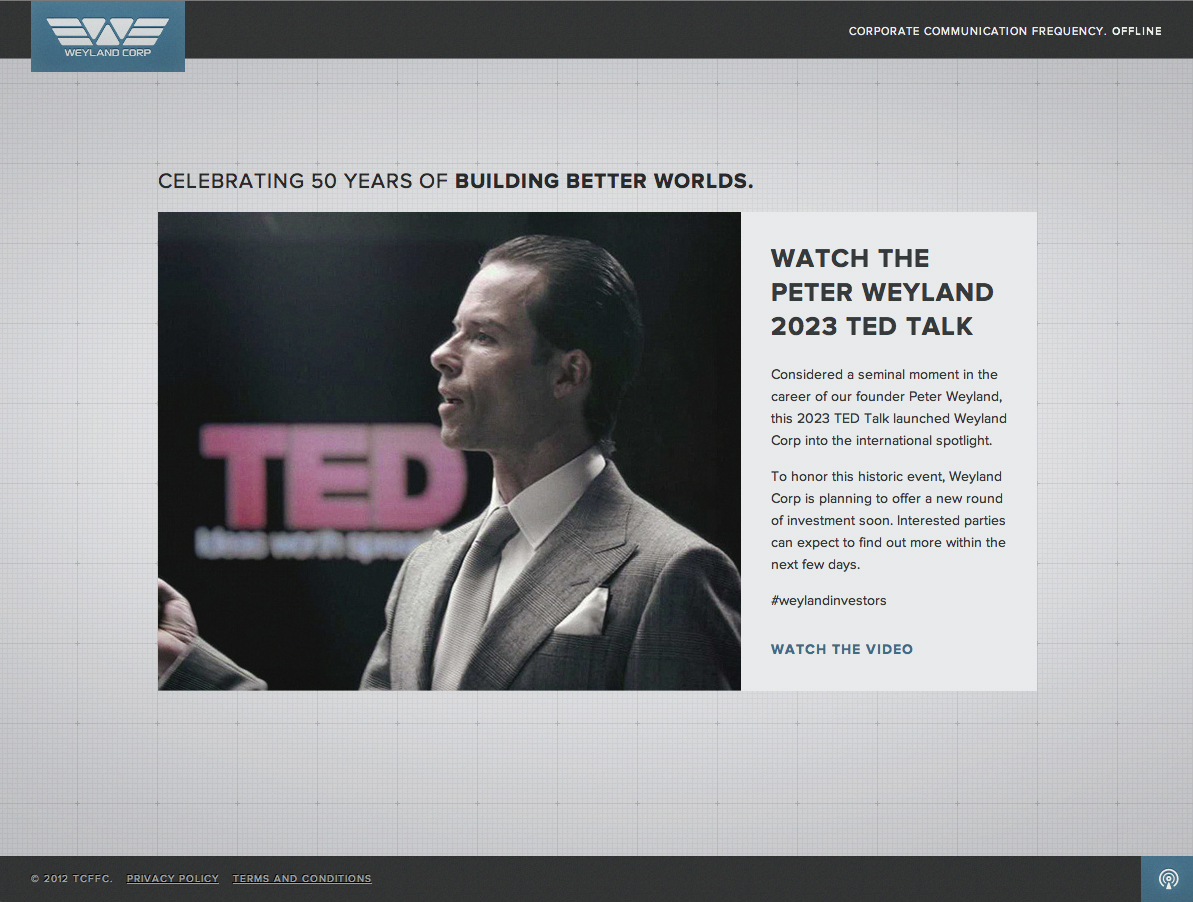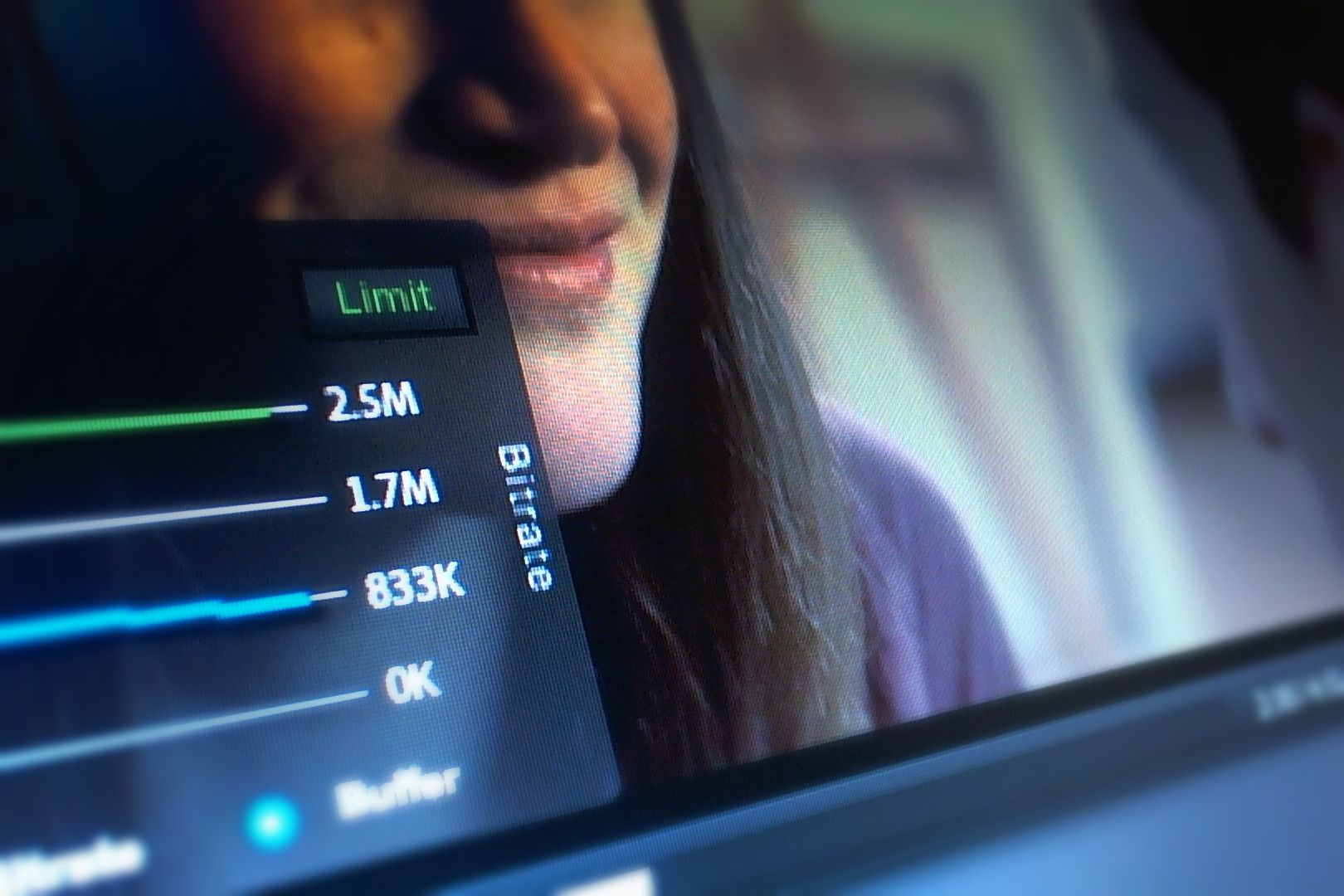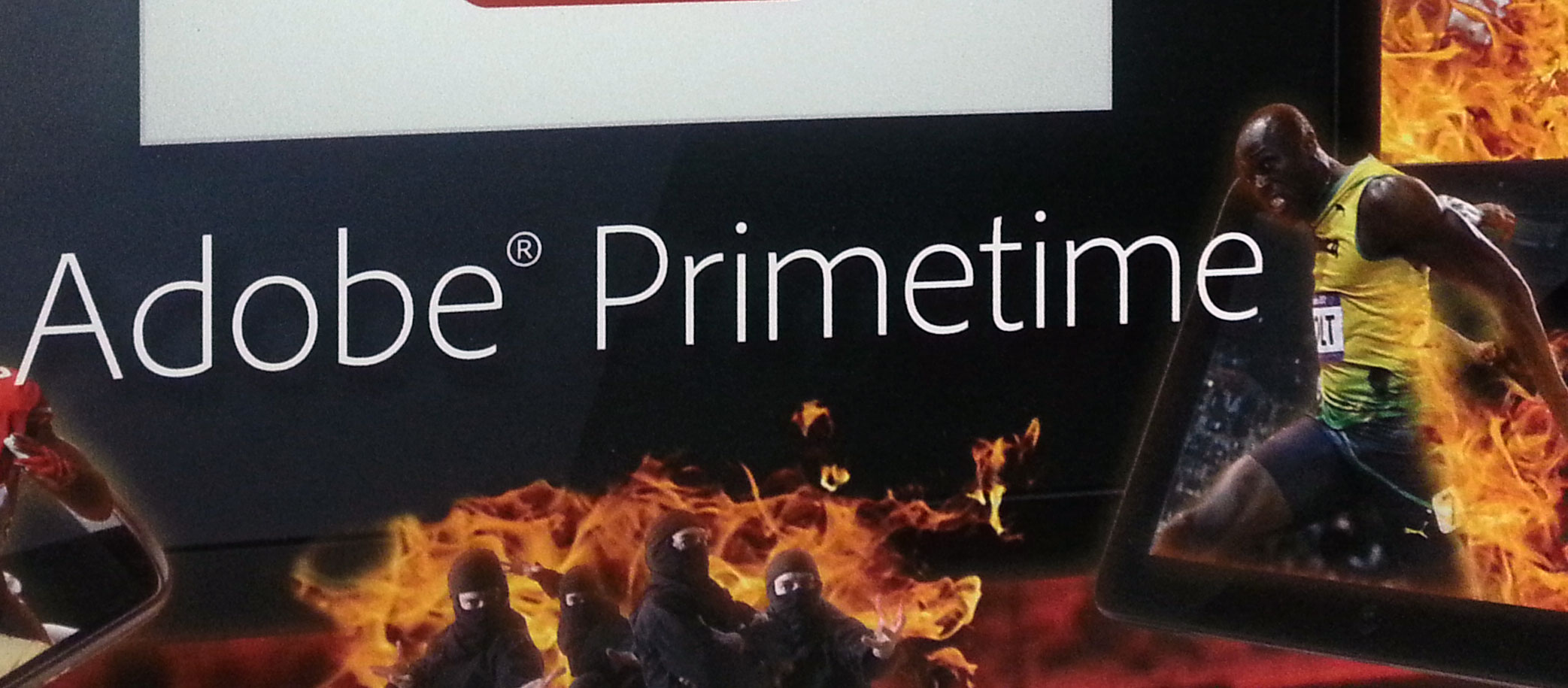
We explored ad insertion, device playback, protocols and DRM, which is not everything that Adobe Primetime offers.
There is also packaging, data management, video analytics, ad serving, and PayTV Pass (TV-Everywhere authentication). Since this blog has been very video distribution centric, I am not going to go deeper into those areas – at least not in this series.

It becomes pretty clear that those are all individual components that sometimes all, and sometimes partially, need to get integrated – and this all on fragmented devices with different core capabilities.
Let’s take Android as an example. Imagine you are tasked to find vendors for a video stack, an ad insertion technology, an ad server (or integrate with an existing one), a DRM solution, and deliver meaningful analytics.
This often means long whiteboard sessions with different technology vendors (if they are willing to collaborate in the first place), and tremendous development costs just to get basic video playback work. Wouldn’t it be great to solve those core problems, and provide a high quality user experience with seamless, high definition playback with ads, analytics and content protection on desktop and devices with the same backend and minimal efforts, and rather focus on features that differentiate your video experience from the competition.
This is one of the core concepts behind Adobe Primetime and the Adobe Primetime Player – it’s not just the individual pieces that are relevant, but the sum of it all.
What does this mean for the digital video consumer? More content will be available on more devices, with less buffering, and a better personalized ad experience.
Read more about Adobe Primetime on the Adobe Digital Media Blog.
Part 2 – Solving the Android Video Problem
Part 3 – A Single Protocol and DRM
> Part 4 – Bringing It All Together











